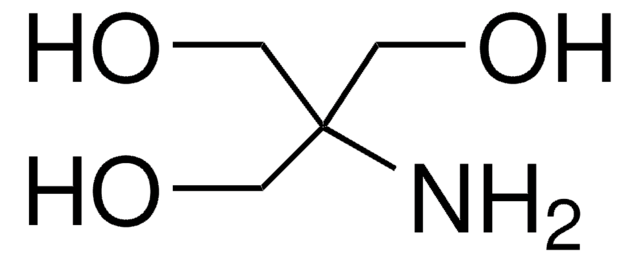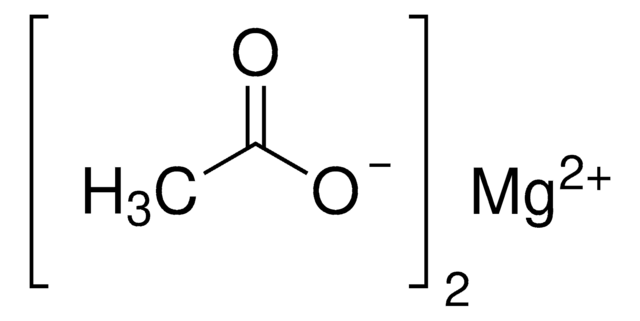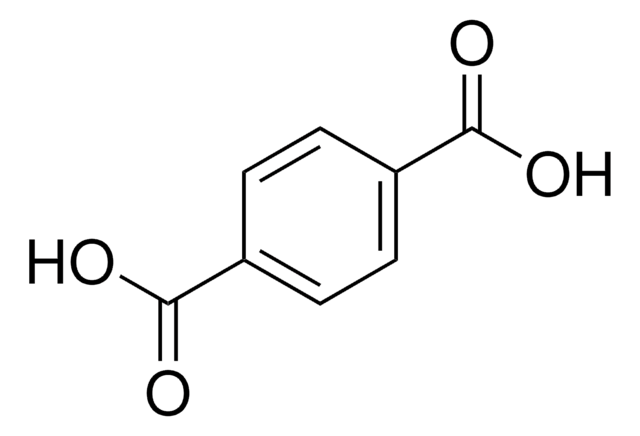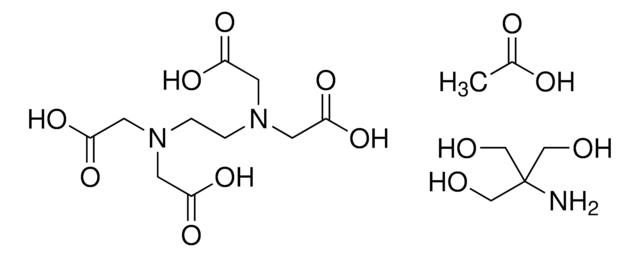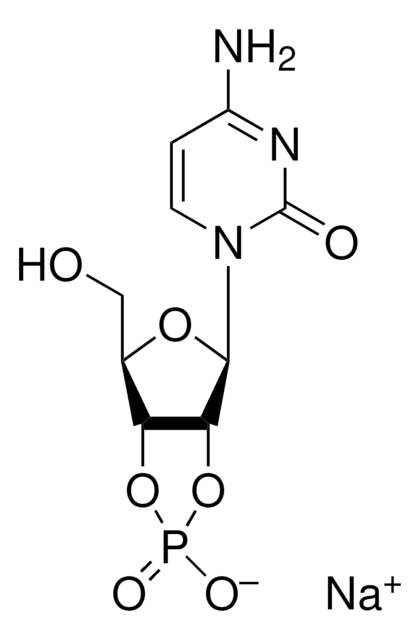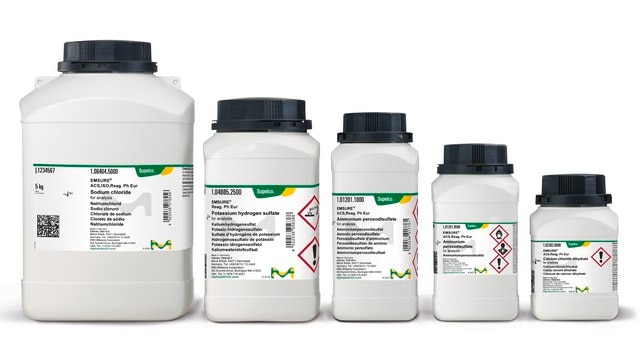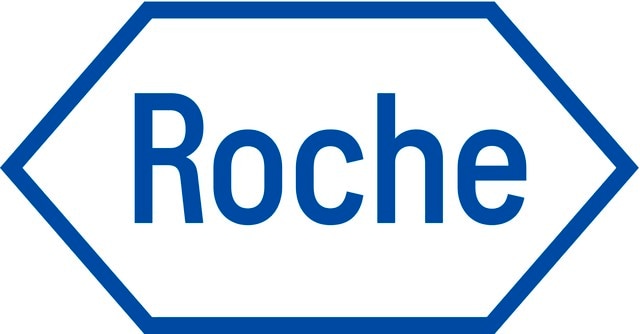SBP3500289
RP105 Blocking Peptide for SAB3500289
Select a Size
About This Item
CN¥1,124.90
List PriceCN¥1,607.01Save 30%Available to ship onOctober 09, 2025Details
Recommended Products
biological source
synthetic
Quality Level
form
liquid
species reactivity
mouse, human
concentration
200 μg/mL
shipped in
wet ice
storage temp.
−20°C
1 of 1
This Item | T1258 | 93328 | V900299 |
|---|---|---|---|
| assay ≥99.0% (NT) | assay ≥99.0% (titration) | assay ≥99.5% (NT) | assay 99% |
| Quality Level 300 | Quality Level 300 | Quality Level 100 | Quality Level - |
| product line BioUltra | product line - | product line BioUltra | product line Vetec™ |
| form crystalline powder | form crystalline powder | form powder or crystals | form crystalline powder |
| solubility H2O: 0.5 M at 20 °C, clear, colorless | solubility water: 0.5 M, clear, colorless | solubility H2O: 0.5 M at 20 °C, clear, colorless | solubility water: 0.5 g/mL, clear, colorless |
| pH 6.0-7.0 (25 °C, 0.5 M in H2O) | pH 6.0-7.0 (0.1 M in water, high purity) | pH 3.0-4.5 (25 °C, 0.5 M in H2O) | pH - |
Immunogen
Application
Other Notes
Disclaimer
comparable product
Storage Class Code
10 - Combustible liquids
Flash Point(F)
Not applicable
Flash Point(C)
Not applicable
Regulatory Information
Choose from one of the most recent versions:
Certificates of Analysis (COA)
It looks like we've run into a problem, but you can still download Certificates of Analysis from our Documents section.
If you need assistance, please contact Customer Support
Already Own This Product?
Find documentation for the products that you have recently purchased in the Document Library.
Customers Also Viewed
Our team of scientists has experience in all areas of research including Life Science, Material Science, Chemical Synthesis, Chromatography, Analytical and many others.
Contact Technical Service

